You are here
Back to top2020 Korla Fragrant Pear Production Increases 20% To 500,000 Tons
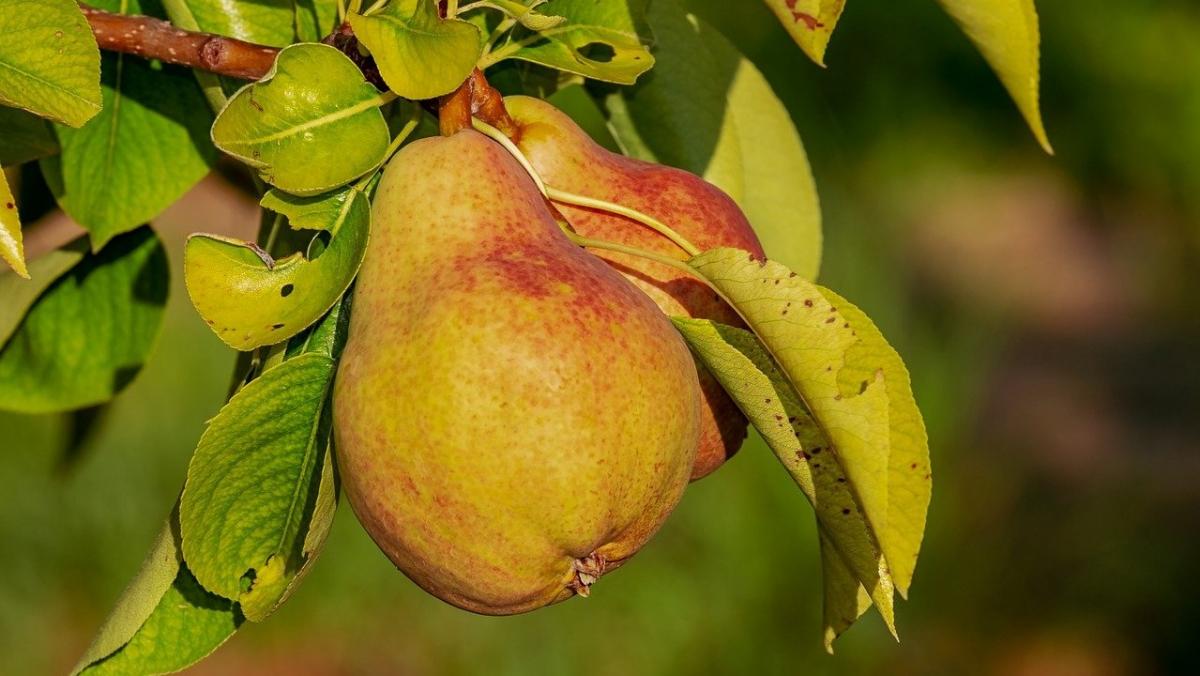
The harvest of Korla fragrant pears has now entered its high season. This year, the growing area for the pears around the city of Korla in Xinjiang Uygur Autonomous Region has reached 463,000 mu (76,300 acres) and the total volume is projected to reach 500,000 tons, among which 400,000 tons are for commercial use, corresponding to an increase of 20% relative to last year. This is expected to bring close to 2 billion Chinese yuan ($239 million) in income to local farmers and other industry workers.
According to a report from the Xinjiang Bayingolin Prefecture Korla Fragrant Pear Association (新疆巴州库尔勒香梨协会), test pickings were conducted on Sept. 6 and the harvest officially began on Sept. 10. The guide prices for Korla fragrant pears in 2020 are 5.7 yuan ($0.84) per kilogram for grade A fruit, 4.6 yuan ($0.67) per kilogram for grade B fruit and 3.5 yuan ($0.51) per kilogram for grade C fruit. The guide price for grade A pears has thus plummeted by 48% compared to the 2019 price of 11 yuan ($1.61) per kilogram.
Nevertheless, at the sixth annual China Fruit Industry Brand Conference held earlier this year, the value of the Korla fragrant pear geographical indication in 2020 was estimated to be 11.034 billion yuan ($1.62 billion), representing a 9.33% increase from last year’s 10.092 billion yuan ($1.48 billion). Korla pears have now been the highest ranked pear variety for three consecutive years.
Owing to the relatively high value of Korla fragrant pears, many other types of pears have been making their way onto the Chinese market while falsely using the Korla name. This has led to some complaints from consumers, with many reporting that the pears they bought from the store are hard, tart and not sweet. This is primarily because growers in numerous regions have introduced variants of the Korla fragrant pear, including early-ripening varieties, which have damaged the reputation of Korla pears the most. For example, numerous growers in provinces such as Shandong and Hebei have started cultivating the crisp red fragrant pear (红香酥梨) variety. The key difference between this variety and Korla pears is that the skin of the former turns completely red after complete ripening under ample sunlight, whereas the latter variety only develops a slight red flush. Most Korla pears on the market possess a light green color. Although the crisp reds picked in August are also a light green color and look exactly the same as the Korla variety, they have inferior taste as they are not yet fully ripe. The attempts of some vendors to pass these pears off as Korla pears have led to substantial misunderstanding among consumers regarding the true taste of Korla pears.
Korla may be the only region in the country to witness an increase in pear production. Statistics reveal that the overall growing area for pears across China has remained fairly similar to last year. However, owing to poor weather in the northern part of the country, overall pear production this year is projected to be 15% less than last year, with the production of Chinese white pears in particular falling by 70%, leading to an overall increase in pear prices. For instance, prices for snow pears from Zhao County in Hebei province have almost doubled; last year, one 35 jin (17.5 kg) box of pears could be sold for only 30 yuan ($4.39), whereas this year they are selling for 70–80 yuan ($10.25–11.72). Therefore, although current prices for Korla fragrant pears have decreased significantly from last year, prices are expected to bounce back as other varieties become scarcer.
Image: Pixabay
This article was translated from Chinese. Read the original article.



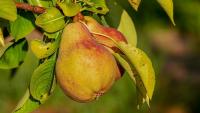
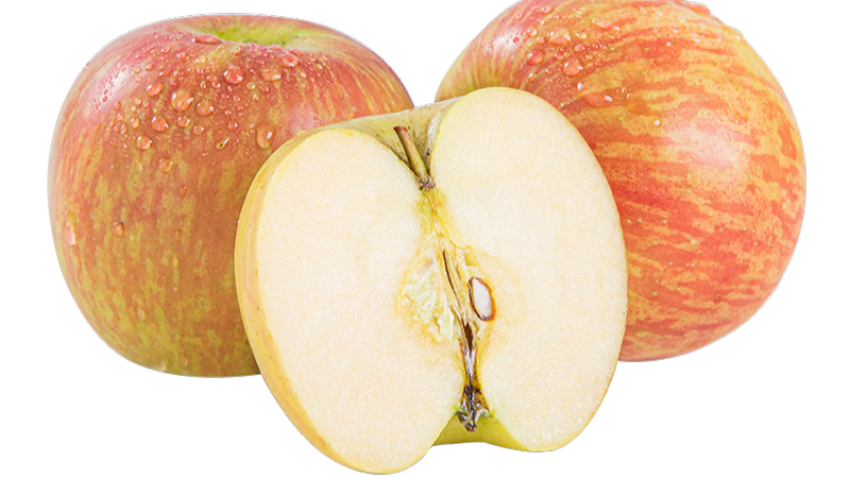
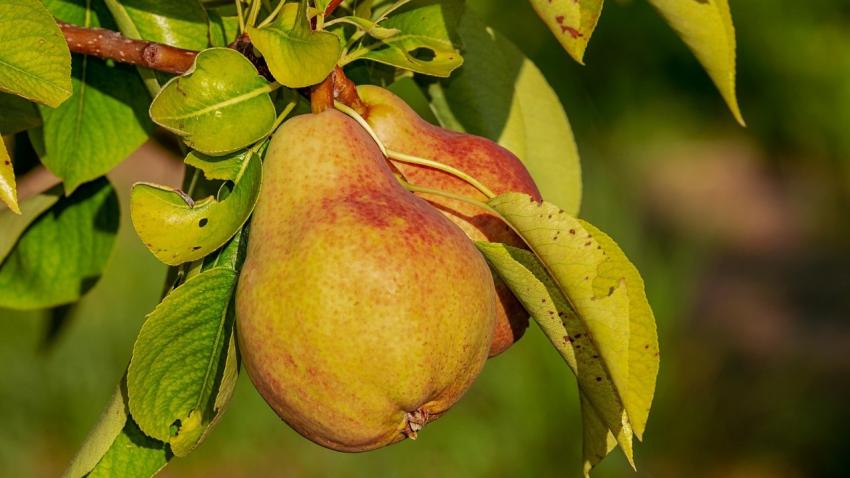
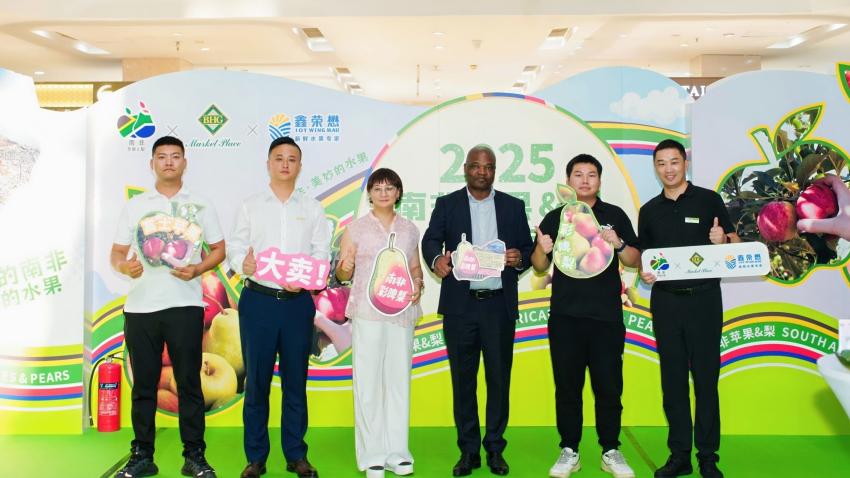








Add new comment